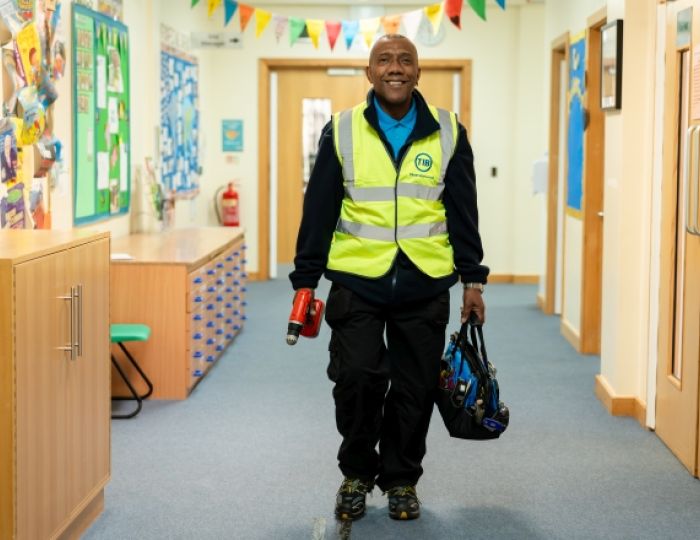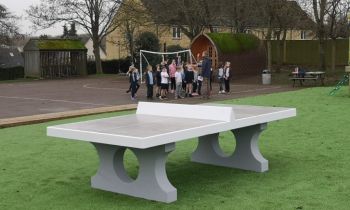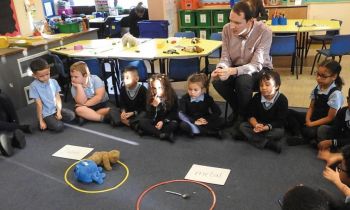Most schools practise termly fire evacuations to train students in how to respond when the fire alarm sounds, and to ensure staff can promptly clear the building and register students.
However, actual fire situations are very different from our planned and orderly drills. Designated fire officers should therefore consider factoring in some real-life variables…
Fear factor
Children will be scared, looking for friends and siblings, trying to see what’s going on, taking photos and calling their parents. Think through how you’d manage this scale of panic in a real situation. Give staff specific responsibilities for pastoral care and support, think through your social media strategy and have a rapid response ready, as the news will break very fast.
Casualties
There will be a high risk of smoke inhalation and potential burns, so until the emergency services arrive, there may be immediate casualties. Ensure you’ve allocated a first aid station away from the building, with access to running water and away from the eyes of other students. Appoint a medical lead who will carry a medical emergency kit with them, and who can radio for extra support when needed.
Timing
Don’t always plan your fire drills so they cause minimal lesson disruption. Plan them for the most inconvenient times of day when everyone’s in the wrong place, and remember that school fires often start at break or lunchtimes. Hold a drill before registration, or on a day when schools trips are out to test your reporting when key staff are absent.
Arson
40% of all school fires are started deliberately. Staff should be kept at the school gates to stop people entering, but also to prevent people leaving. If arson is suspected, your school will become a crime scene and the culprit shouldn’t be allowed to leave. Also, don’t assume that there’s only one fire; a determined arsonist will set multiple fires. Have your fire wardens sweep the entire building, even after the initial fire has been located.
Safe routes
Block main thoroughfares and stairways during drills to simulate the effects of fire, smoke or an explosion cutting off your standard exit routes. Fire marshals should be prepared to divert staff and students away from a fire if radioed to do so.
And finally…
The aim of a fire drill is to train a school community in safely making its way out of danger – not to demonstrate how neatly a class can line up. Silence is essential not for discipline, but so the Emergency Services can communicate clearly to a large crowd.
Registers are to locate the missing, not to register the present, and staff must follow instructions from marshalls and wardens. In an emergency, the usual hierarchies don’t apply – your site and support staff will usually be the ones taking command.
Hilary Goldsmith is director of finance at a secondary school in Brighton.










